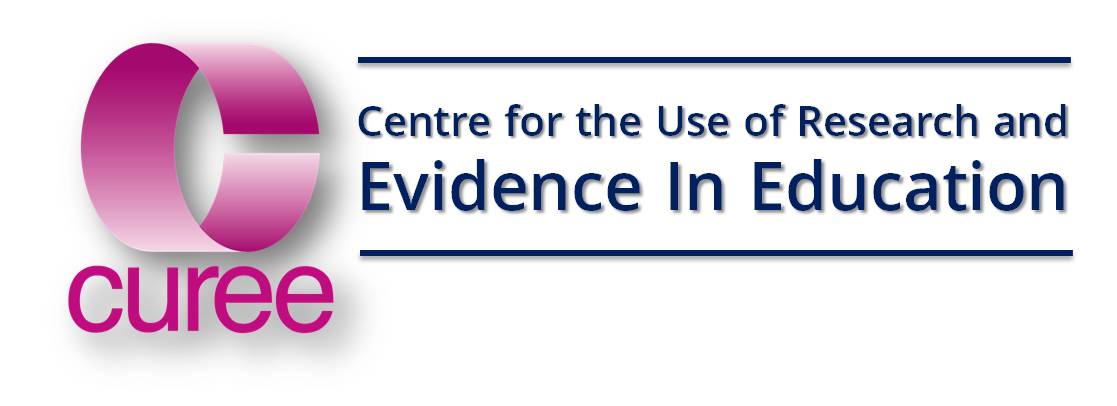Picturing preferred futures: Using case studies to investigate solution-focused approaches to school improvement
Aim: This study investigated the application of solution-focused methods to the area of school improvement. Solution-focused practice involves establishing what a preferred future might be and identifying ways in which this is already happening.
